
General Info And Prominent People With Pancreatic Cancer
Malignant neoplasms of the pancreas can be histologically divided into two components. Around 95% of all pancreatic cancers are adenocarcinomas arising from the exocrine pancreatic tissue while the rest are neuroendocrine tumors arising from islets of Langerhan. It is the fourth leading cause of death by cancer in the USA and the eighth in the world. Pancreatic cancer is more common in males than in females. It has a very poor prognosis. Steve jobs (Apple CEO and co-founder), Joan Crowford (Oscar award winning actress), Michael London (actor), Luciano Pavarotti (opera singer), Henry Mancini (music composer) and Jack Benny (comedian) were diagnosed with pancreatic cancer.
- Important notification about information and brand names used in this slideshow!
- Photo courtesy of Ben Stanfield by Flickr : www.flickr.com/photos/acaben/541420967/
- An aid to clinical surgery by Waxman and Williamson
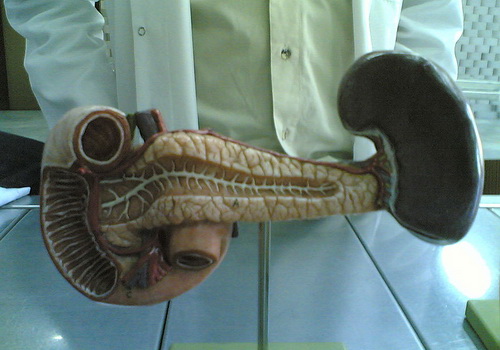
What Is The Pancreas?
The pancreas is a leaf like, extra-peritoneal organ. It is situated in the upper left part of abdomen in the curve of the duodenum. It has a head a body and a tail. The head nestles in the curve of duodenum and the body runs towards the left side of the body in front of the back muscles (quadratus lumborum, transversus abdominis), splenic vessels and behind the stomach. The tail of the pancreas rests on the spleen and runs along the leinorenal ligament. Histologically, it has an exocrine part which forms many digestive enzymes and an endocrine part which forms insulin. Endocrine cells are arranged in localized cell groups called islets of Langerhan.
- Important notification about information and brand names used in this slideshow!
- Photo courtesy of Süleyman Habib by Wikimedia Commons : commons.wikimedia.org/wiki/File:Pancreas_model_front.jpg
- General pathology by Walter and Israel

Who Is At Risk Of Pancreatic Cancer?
Non-modifiable risk factors for pancreatic cancer are age (the average age of onset is 60) and family history (familial pancreatic cancer, hereditary non-polyposis coli, familial adenomatous polyposis are known associations). Smoking, low dietary intake of fruits and vegetables, high intake of carbohydrates and high intake of red meat are known modifiable risk factors for pancreatic cancer. Obesity and insulin insensitivity are associated with neuroendocrine pancreatic cancer. Diabetes mellitus is a risk factor as well a consequence of the destruction of pancreatic endocrine tissue by the tumor. Helicobacter pylori (a bacteria associated with gastric ulcer), gingivitis (inflammation of gums) and periodontal disease (tooth caries, tooth abscess) are known to promote pancreatic cancer.
- Important notification about information and brand names used in this slideshow!
- Photo courtesy of Jeffrey Pott by Flickr : www.flickr.com/photos/jpott/6126654419/
- An aid to clinical surgery by Waxman and Willianson

Symptoms
Pancreatic cancer can be asymptomatic or can only cause vague non-specific symptoms until a late stage. Upper abdominal pain boring through to the back, heart burn, nausea, vomiting, dramatic weight loss, generalized body itchiness, passing sticky oily stools (due to impaired fat digestion), diarrhea, and loss of appetite are common symptoms. On examination the patient may have yellowish discoloration of eyes (if the tumor blocks the common bile duct), cachexia and enlarged lymph nodes (due to spread of the tumor) may be detected. Known complications include diabetes mellitus, pulmonary embolism (obstruction of a lung vessel by a clot), metastasis (spreading of cancer).
- Important notification about information and brand names used in this slideshow!
- Photo courtesy of Alex Proimos by Flickr : www.flickr.com/photos/proimos/6870109454/
- An aid to clinical surgery by Waxman and Williamson
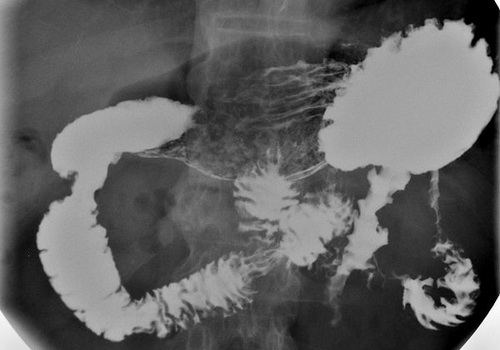
Diagnosis
Symptoms differ according to the actual site of the cancer. Cancer located at the head of the pancreas will obstruct the common bile duct and cause jaundice, itching, early satiety, sticky oily stools and dark urine. Cancers in the tail of the pancreas will irritate the parietal peritoneum and cause chest pain or upper abdominal pain. These features associated with dramatic weight loss, past history of pancreatitis or family history places pancreatic cancer high up on the list of differential diagnoses. Liver function tests (AST, ALT and ALP) and conjugated bilirubin levels may be elevated. Carbohydrate antigen 19-9 (CA 19-9) levels are frequently elevated in patients with pancreatic cancer. An ultrasound of the abdomen may detect a mass in the pancreas and a dilation of extra hepatic bile ducts suggesting an obstruction and free fluid in the abdomen (ascites). Computer tomography also can be used to demarcate the lesions. Endoscopy guided biopsy will give a definitive diagnosis.
- Important notification about information and brand names used in this slideshow!
- Photo courtesy of Lucien Monfils by Wikimedia Commons : commons.wikimedia.org/wiki/File:Maag.jpg
- An aid to clinical surgery by Waxman and Williamson
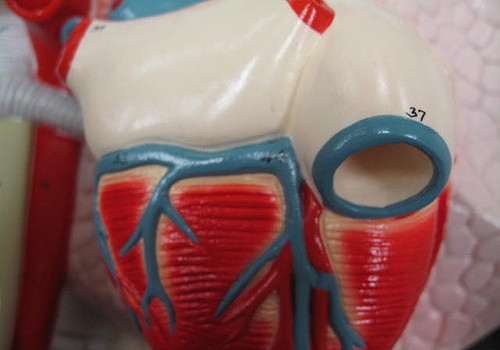
Surgery And Side Effects
The mode of entry may be either laparotomy or laparoscopy, depending on the severity of the disease. Surgery is considered as a curative step only if the patient is likely to survive the procedure itself, if there’s no distal or local invasion, and also as a palliative step. Localized cancer in the body or the tail of the pancreas can be removed with a distal pancreatectomy. Localized cancer in the head of the pancreas (without metastasis or local invasion) causing obstruction will need bypass procedures. A whipple procedure is currently the surgery of choice. It involves the removal of the head of the pancreas with the duodenum, connecting stomach and the cystic duct to the jejunum. Studies have shown that the survival rate is better in units where a whipple procedure is routinely done.
- Important notification about information and brand names used in this slideshow!
- Photo courtesy of GreenFlames09 by Flickr : www.flickr.com/photos/greenflames09/74297111
- An aid to clinical surgery by Waxman and Williamson
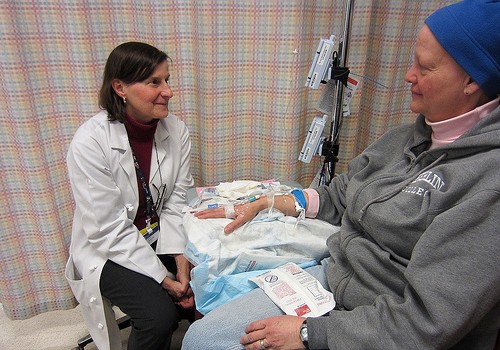
How Is Pancreatic Cancer Treated?
Surgery, radiotherapy and chemotherapy are the three methods of treatment currently available for pancreatic cancer. Because the symptoms appear very late in the disease, around 80% of the cases have extensive spread. Surgery is considered to be curative only in cases of localized cancer. In patients with features of gut obstruction, surgery may be considered as a palliative method. The actual surgical procedure differs according to the site of the cancer. If surgery is considered, the patient needs to be prepared to ensure he can survive the traumatic procedure. Dietary modification, correction of anemia and other nutritional deficiencies and optimizing cardiac, renal function are essential before major surgery. Radiation may be offered after de-bulking surgery. It is almost always used in conjunction with other treatment methods. If the patient is not suitable for surgery, chemotherapy may be used in palliation.
- Important notification about information and brand names used in this slideshow!
- Photo courtesy of kbrookes by Flickr : www.flickr.com/photos/kbrookes/6739641349/
- An aid to clinical surgery by Waxman and Williamson
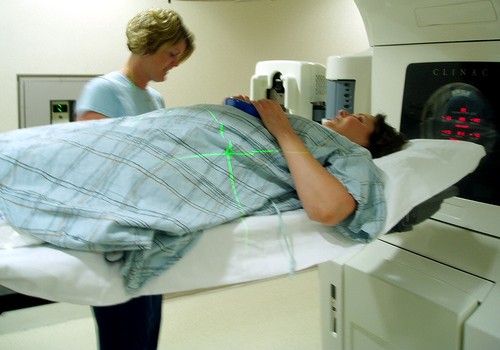
Radiation Therapy And Side Effects
40 Gy administered in two groups with an intervening two week holiday after 20 Gy is the standard regimen of radiotherapy for pancreatic cancer. Pre-operative radiotherapy may be used for operable cancers because it may reduce tumor spread by the surgical procedures itself, improve survival rate and improve oxygenation of tissues in the area. Laparoscopy is needed to stage the tumor. Otherwise, patients with a distant spread will be unnecessarily treated. There are some concerns that it may reduce the patient’s ability to tolerate surgery. In cases of advanced inoperable disease, the role of radiotherapy is still under study. Some advocate radiotherapy in such cases saying that it will slow the local spread and improve quality of life. Others reject radiotherapy saying that the benefits do not outweigh the risks.
- Important notification about information and brand names used in this slideshow!
- Photo courtesy of IndyDina with Mr. Wonderfu by Flickr : www.flickr.com/photos/littlesister/492937184/
- An aid to clinical surgery by Waxman and Williamson
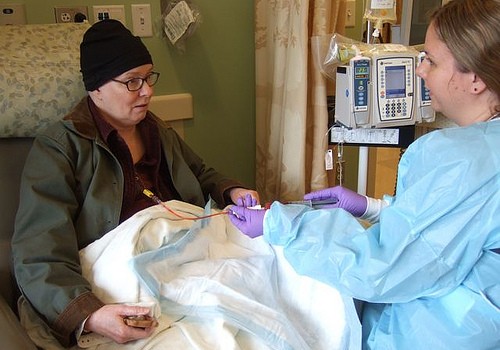
Chemotherapy And Side Effects
In cases where surgery is not an option, chemotherapy is used in palliation. Gemcitabine is the standard drug in use currently. It improves the median survival rate by five weeks and improves the quality of life of patients with advanced pancreatic cancer. It is an intravenous drug administered weekly. Gemcitabine may cause fever, skin rash, nausea, vomiting, diarrhea, hair loss, mouth ulcers and difficulty in breathing. A Canadian study compared erlotinib to gemcitabine in a phase three clinical trial and demonstrated better tumor responses and survival rate. Thus in some cases these two drugs are used in tandem. Research is ongoing into its use as pre-surgical and post-surgical treatment methods.
- Important notification about information and brand names used in this slideshow!
- Photo courtesy of Earthworm by Flickr : www.flickr.com/photos/earthworm/8226168328/
- An aid to clinical surgery by Waxman and Williamson
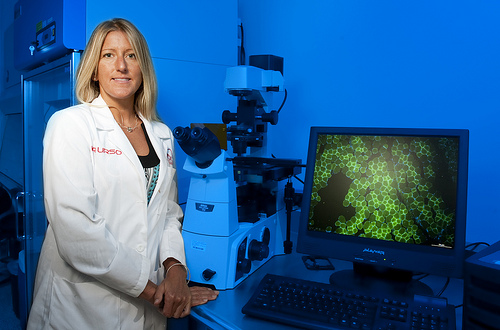
What Does The Future Hold For Pancreatic Cancer Patients?
Genetic predisposition to pancreatic cancer is related to changes in KRAS oncogene. Modern tests are capable of detecting these in samples of pancreatic juice. Although these show promise in detection within families with a strong positive history of pancreatic cancer, they are not yet in use for general screening. Chemotherapy is moving forwards with new drugs being tested in conjunction with standard therapy. Capecitabine, nab-paclitaxel, irinotecan and celecoxib are currently under study. Targeted therapy is a new approach to cancer treatment. Growth factor inhibitors target and block specific receptors on the cancer cells' surface, inducing cell growth. Anti-angiogenic factors limit vessel growth within the tumor. Monoclonal antibodies tagged with radioactive molecules targeted for cancer cells allow targeted micro-radiotherapy. In addition, intra-operative radiotherapy is being studied.
- Important notification about information and brand names used in this slideshow!
- Photo courtesy of Army Medicine by Flickr : www.flickr.com/photos/armymedicine/7646096298/
- An aid to clinical surgery by Waxman and Williamson



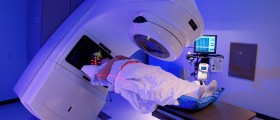
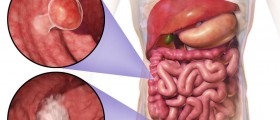



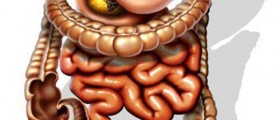



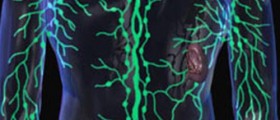














Your thoughts on this
Loading...